Radical Austria | Everything is Architecture
Welcome to the Third Floor of the exhibition Radical Austria: Everything is Architecture. Here you will discover the mind-expanding, groundbreaking and socially critical works of the Austrian avant-garde in the 1960s and 1970s. This group of Austrian designers was not limited by traditional design disciplines and made buildings, environments, objects, fashion, performances, furniture and even experiences.
Radical Austria – Everything is Architecture is an exhibition on this recent history, with works that are more current and relevant than ever. The Austrian designers speculated and experimented early on with cybernetics, space travel, drugs, pop culture, media, gender, feminism and environmental issues.
The exhibition was on view in the museum from June 5 to October 3 2021.
- Music
- Article
- Book
- Designer
- From the exhibition
- Interview
- Podcast
- Video
- Tentoonstelling Van Bauhaus naar Mekka
- Tentoonstelling Vrouwen als technologie
- Exhibition Women as technology
- Tentoonstelling Screenwear
- Tentoonstelling BodyDrift
- Uit de collectie
- Collection
- Achtergrond
- GOTHIEK
- Industrie
- Subcultuur
- Tentoonstelling
- Tips
- Wind force 5
- Wind force 10
- Windkracht 1
- Windkracht 5
- Windkracht 10
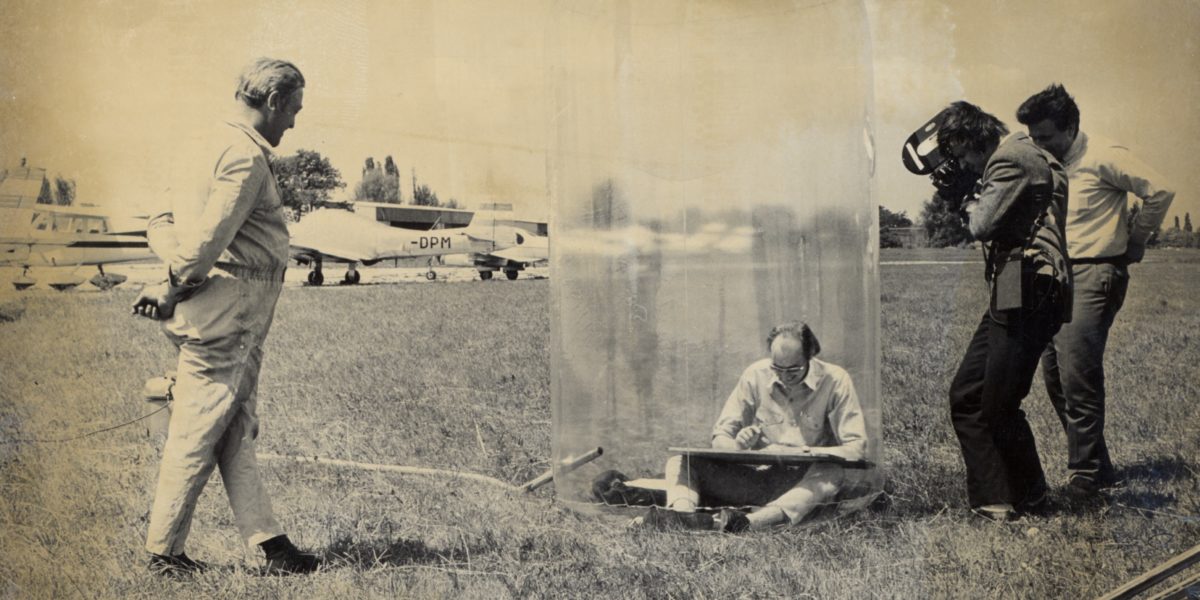
So Posthuman (2): Capsules: the ‘bubbles’ of the Sixties
In what is also known as ‘the Inflatable Era’, inflatable architecture was manufactured as a prerequisite for a new, nomadic way of life. Space travel served as the inspiration for these capsules. However, are these high-tech hide-outs post-human or not?
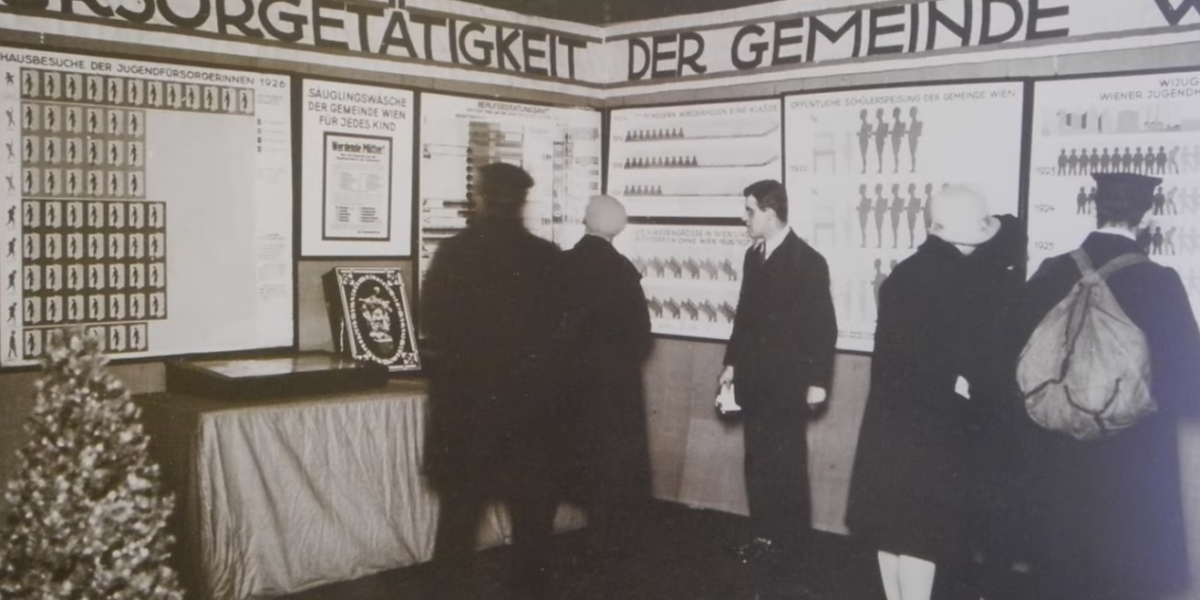
Lecture series on the Austrian avant-garde tradition
“A little world in which the big one holds its tryouts”, is how guest curator and professor Bart Lootsma describes the development of Austrian avant-garde movements in the 20th century. In this lecture series, Lootsma places the so-called ‘Radical Austria’ of the 1960s in the context of the long Austrian tradition of art and design.
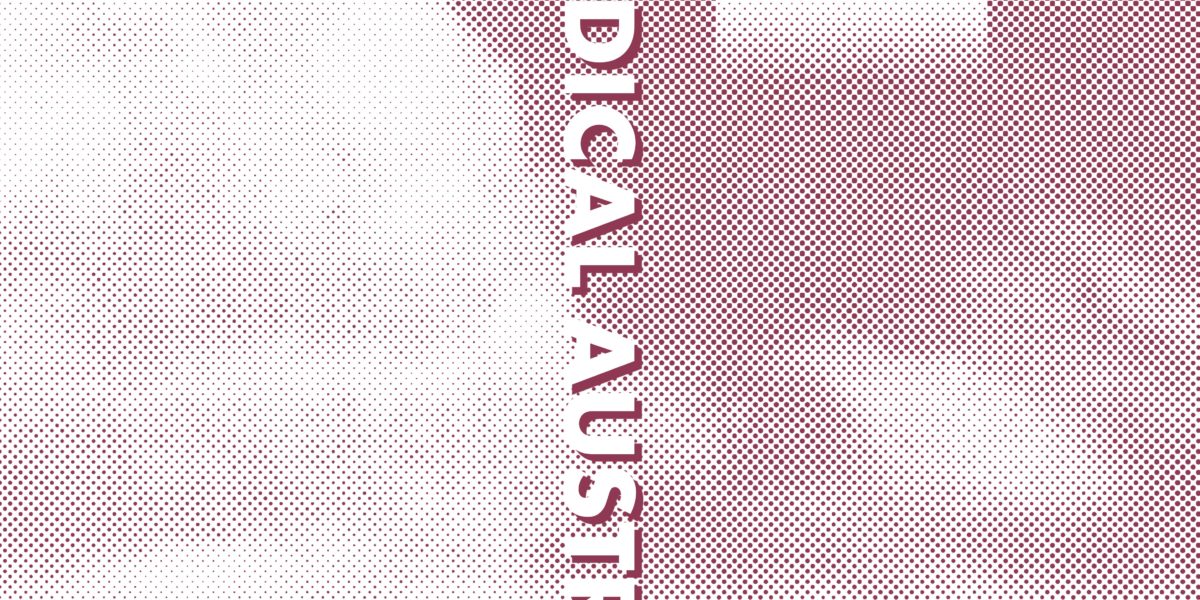
Digital catalog
Visiting the exhibition, you will receive the accompanying catalog. It documents both the technical information of all exhibited works, as well as substantive texts to contextualize important makers and themes. You can find the digital version here.
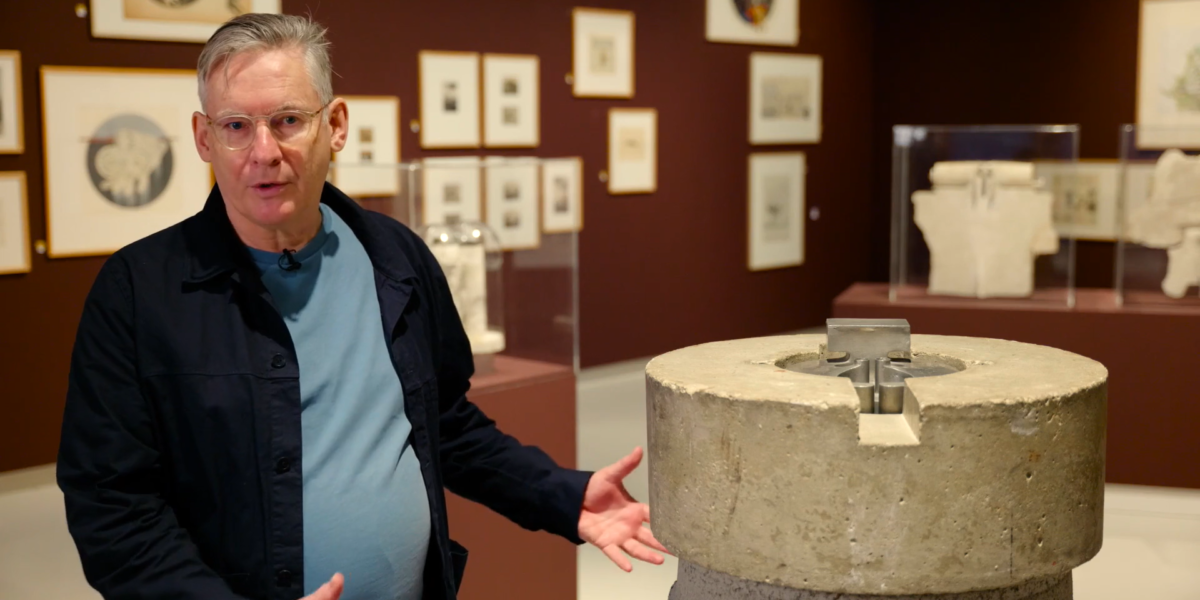
Guided tour by Bart Lootsma
Curator and architectural historian Bart Lootsma shows you around the exhibition. He reflects on several key works by important Austrian designers active in the 60s and 70s.
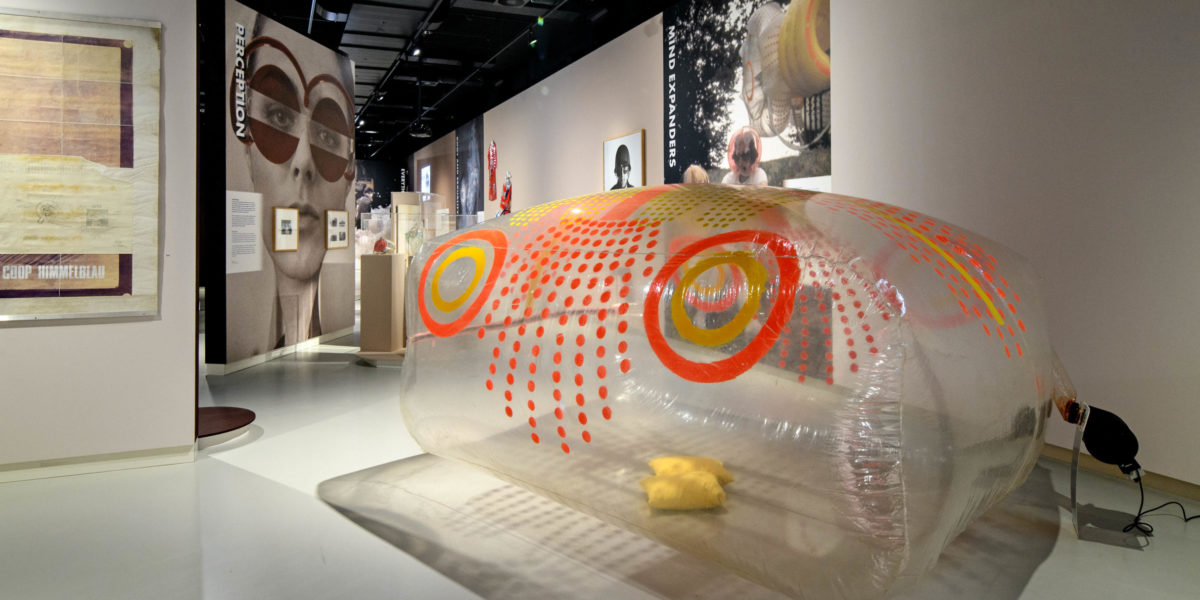
So Posthuman (1): Open your eyes
Posthuman; once your eyes are opened to it you see it everywhere. But what is it? In this recurring series, curator Fredric Baas explains. In the first column, Baas focuses on the changing human body, something Austrian designers were already investigating in the 1960s.
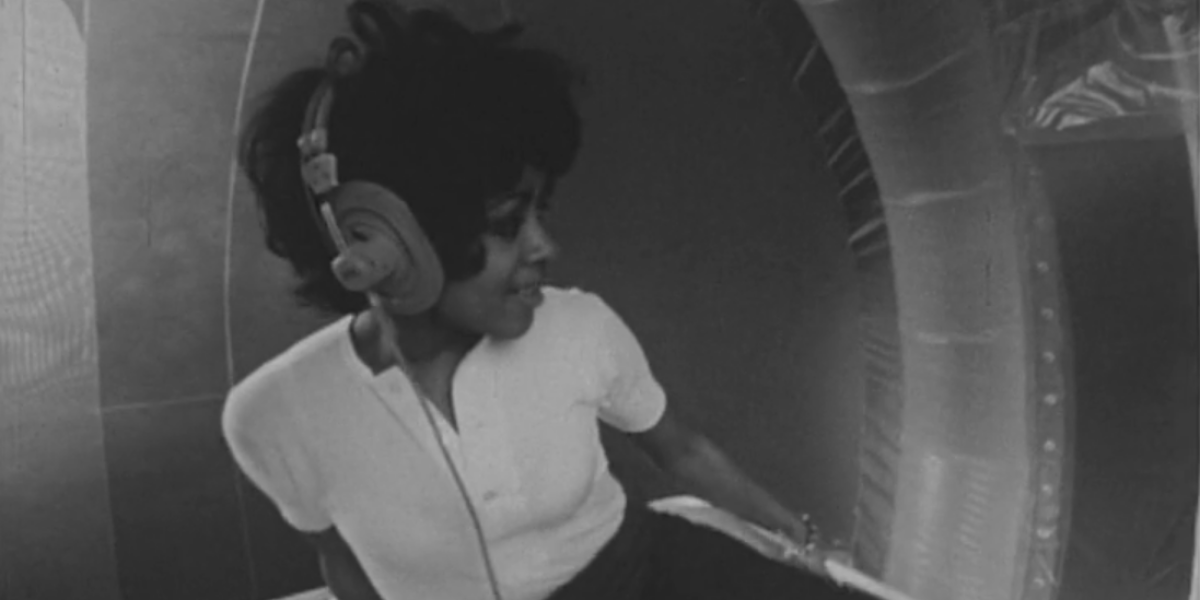
Watch: Reports and documentaries from the ORF archive
Parallel to the exhibition, architecturaltheory.eu presents a selection of films on and by the protagonists of the exhibition, made for and broadcasted by the ORF. The films are as radical as the people, ideas and work in the exhibition. They provide a unique snapshot of Austrian culture in the 60s and 70s.
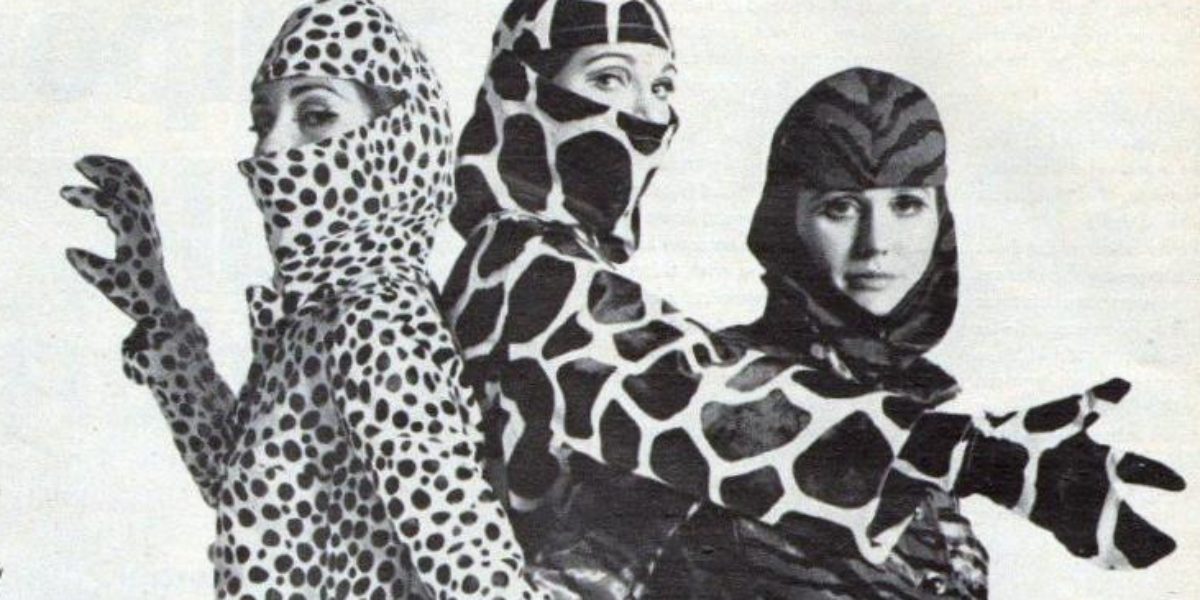
5 podcast-tips about 60s Austria
Can’t get enough of the wild 60s in Austria? Then listen to the podcast tips that we have put together for you here. From the actions of feminist icon Valie Export to Gernreich’s monikini, and from Wolf D. Prix’s revolutionary ideals to Wilhelm Reich’s unusual ideas about sexual liberation.
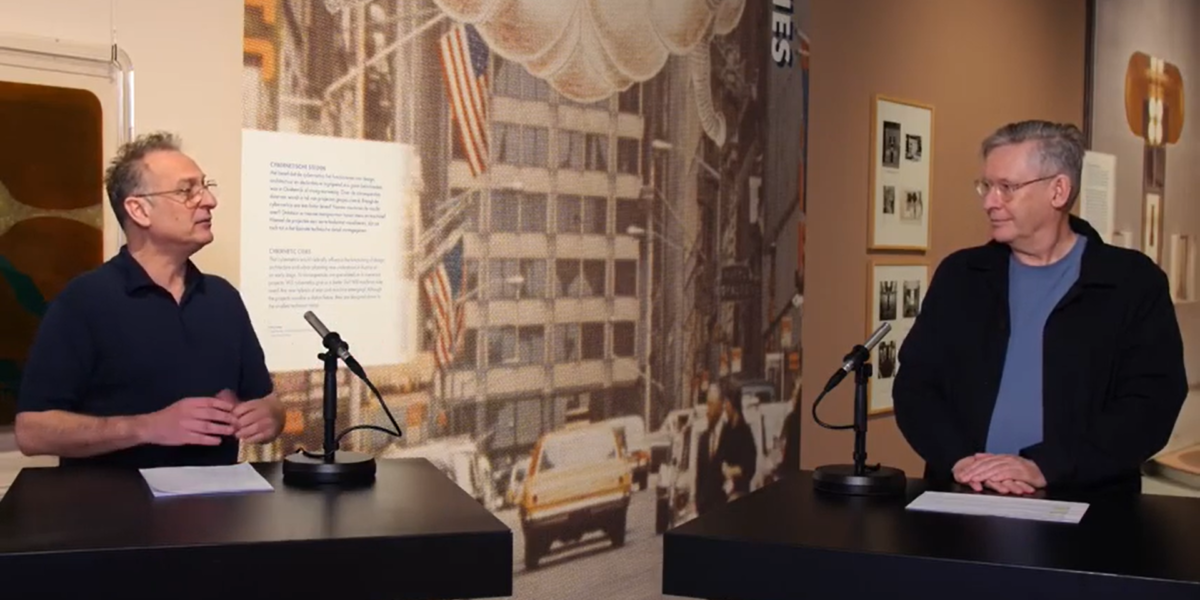
Virtual Expedition
From psychedelic inflatable buildings to shocking performances, from cultic cities to cybernetic fashion. Bart Lootsma and Jeroen Junte will guide you through the exhibition and talk to experts from this period in design history.
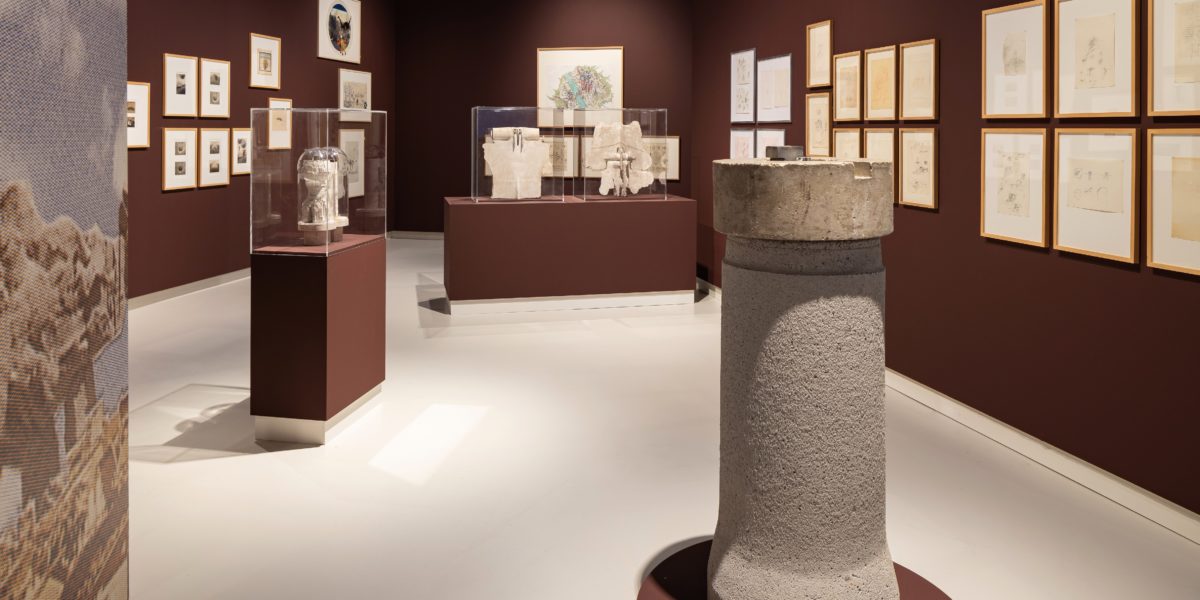
Cultic Cities
The need for radical change manifested itself in post-war Austria in a series of megalomanic urban designs. These projects share an obsession with technology and infrastructure and a drive to create completely new ways of living together.
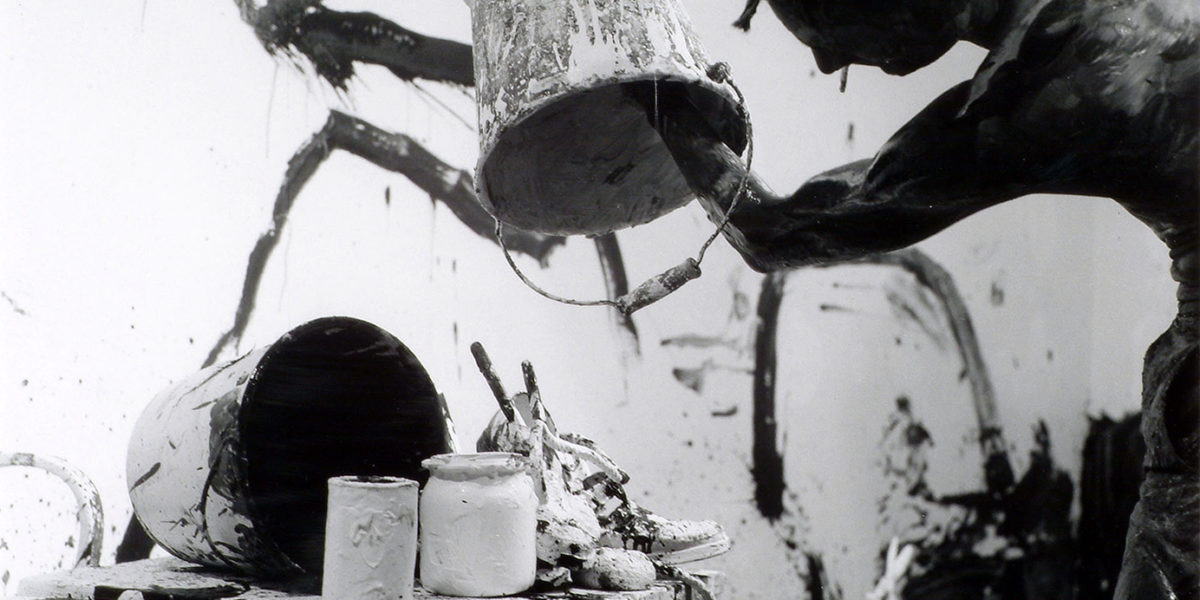
Actionism
Actionism is the unique Austrian brand of performance art. By means of choreographies with naked bodies, paint and blood, combined with loud music, they intoxicate the participants and the audience.
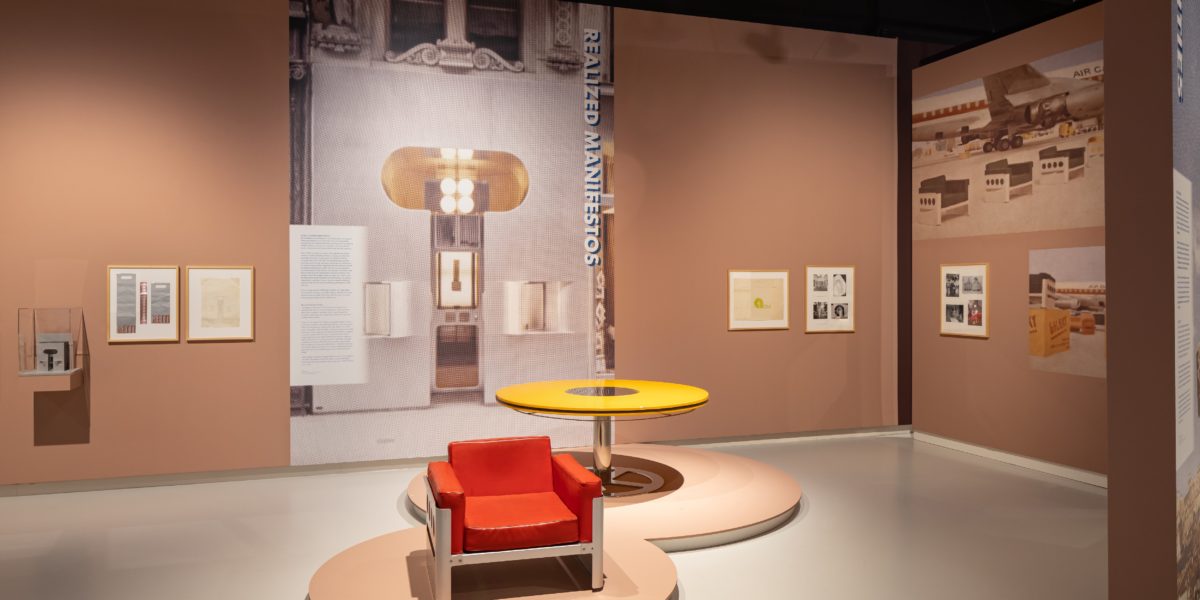
Realized Manifestoes
The designers and artists in the Austrian avant-garde were obsessed with theories of social change. Despite their manifestos often being very radical, they realised an impressive number of their projects.
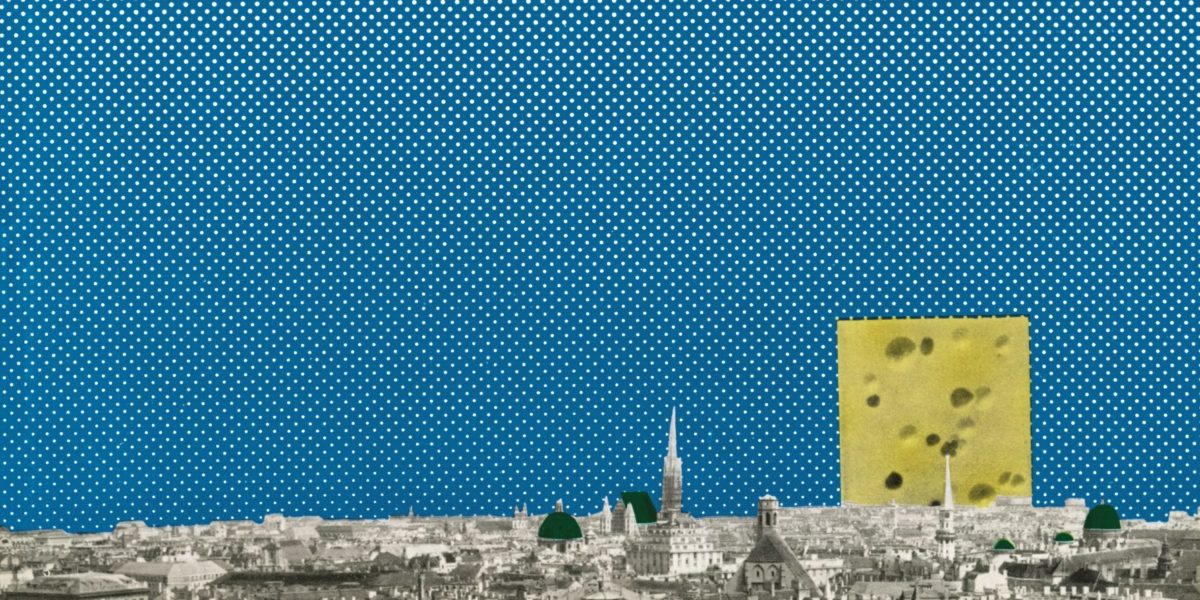
Everything is Architecture
With his manifesto Alles ist Architektur Hans Hollein does away with the traditional definition of architecture: “Our efforts are focused on the environment as a whole and on all media that determine it. Both television, the artificial climate, transport, clothing, the telephone and the home.”
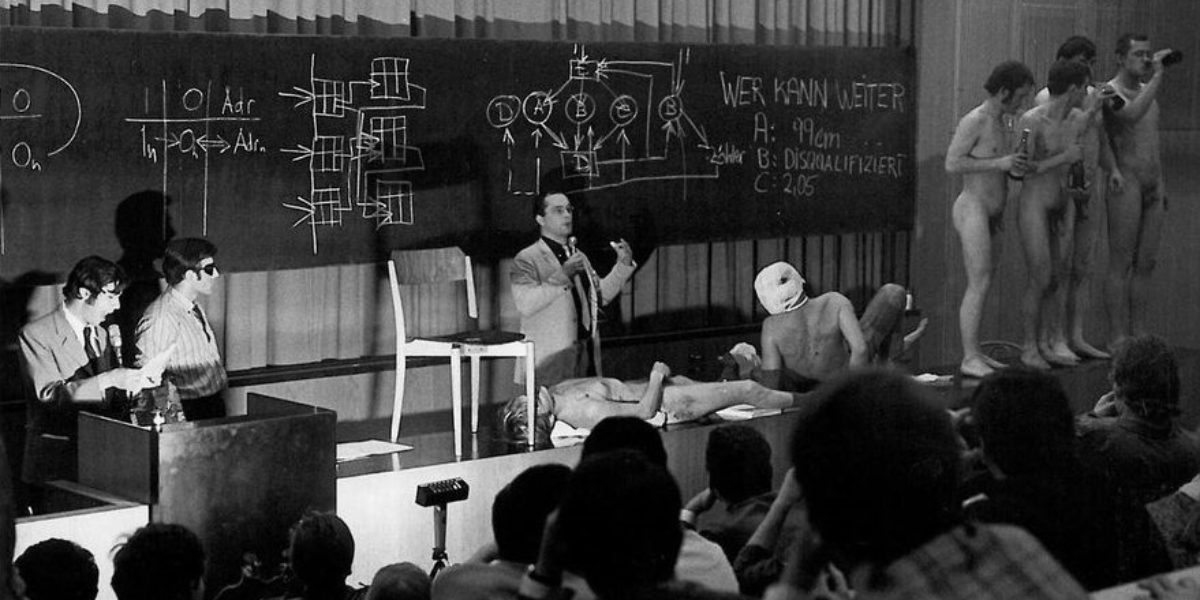
Art and Revolution
The performances of the Actionists increasingly sparked scandals attracting attention of both police and media. This culminated in 1968 in the happening Kunst und Revolution, arranged by the artist Peter Weibel as part of student protests and taking place in a prominent lecture hall of Vienna University.
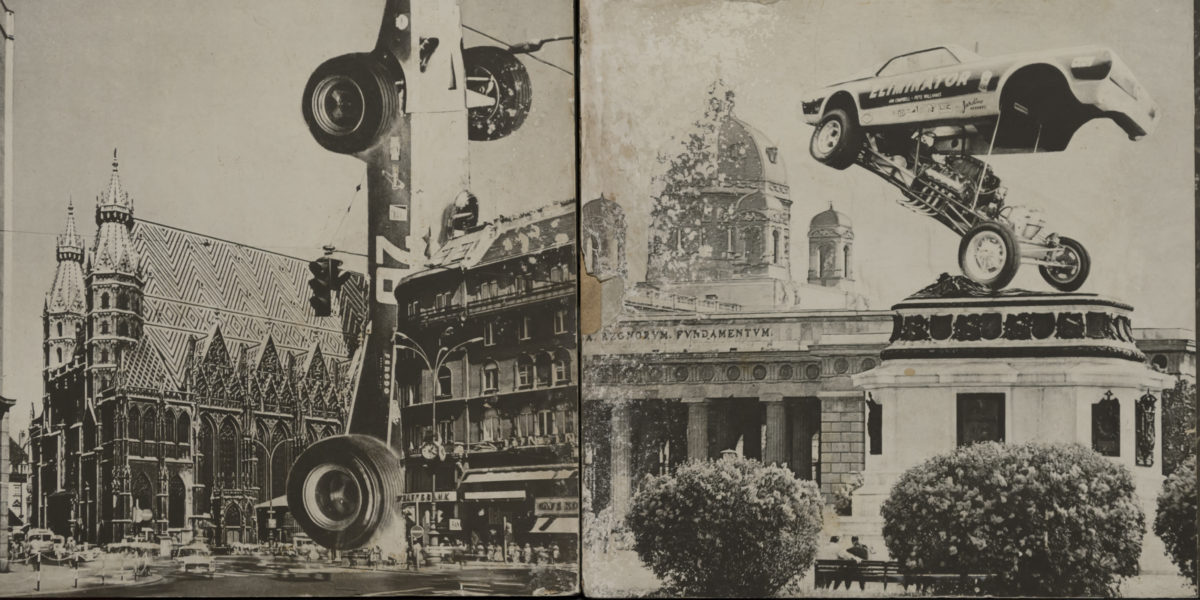
Schöner Wohnen
Schöner Wohnen, or ‘the destruction of the habitable coffin’ is a film made by the architecture collective Salz der Erde in 1971, in which the ideal of the tasteful-bourgeois housing magazine of the same name is mercilessly undermined.
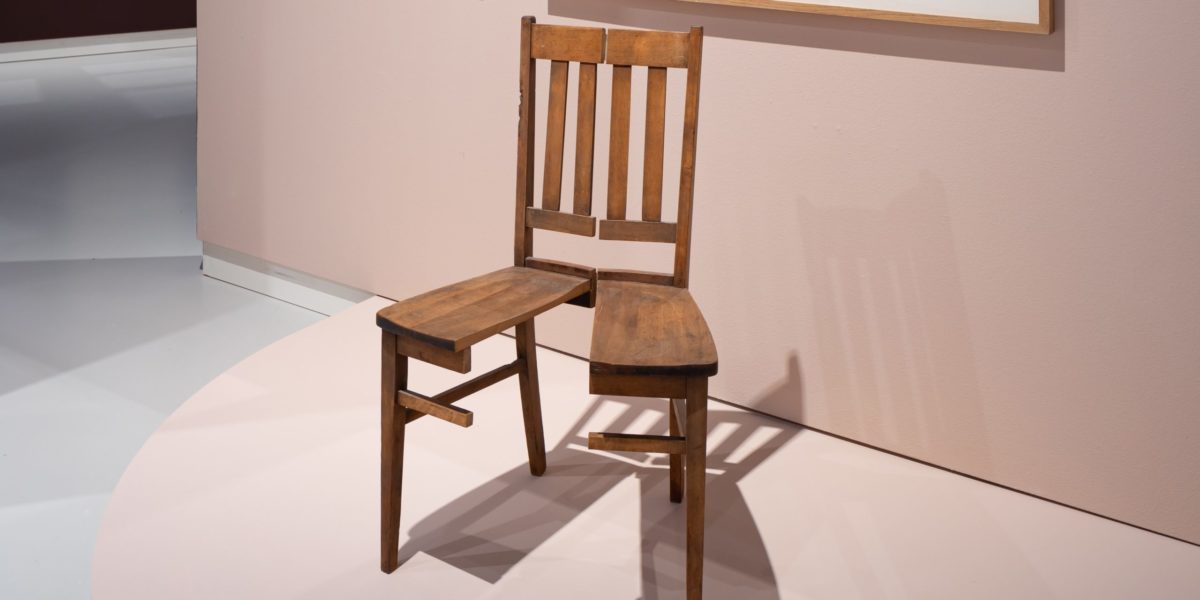
Body and Sexuality
In the 1960s, the body became the starting point for a radical rethinking of architecture, design, fashion and art. The boundaries between those disciplines increasingly disappeared.
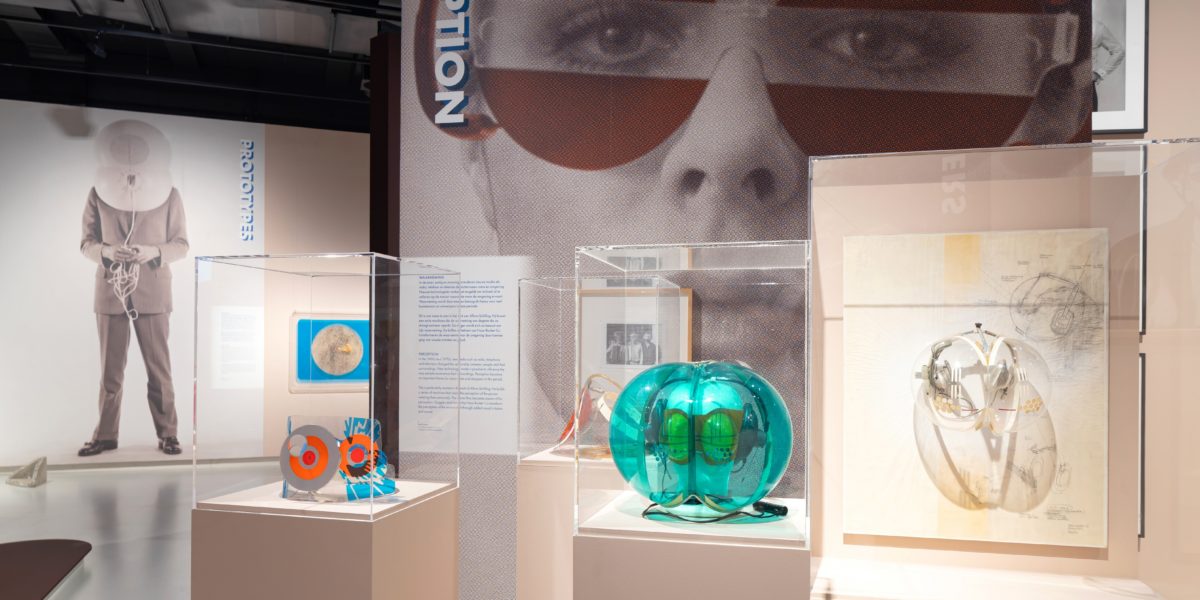
Perception
In the 1960s and 1970s, new media such as radio, telephone and TV changed the relationship between people and the environment. The impact on the human experience of the environment makes perception an important theme for many artists and designers during this period.
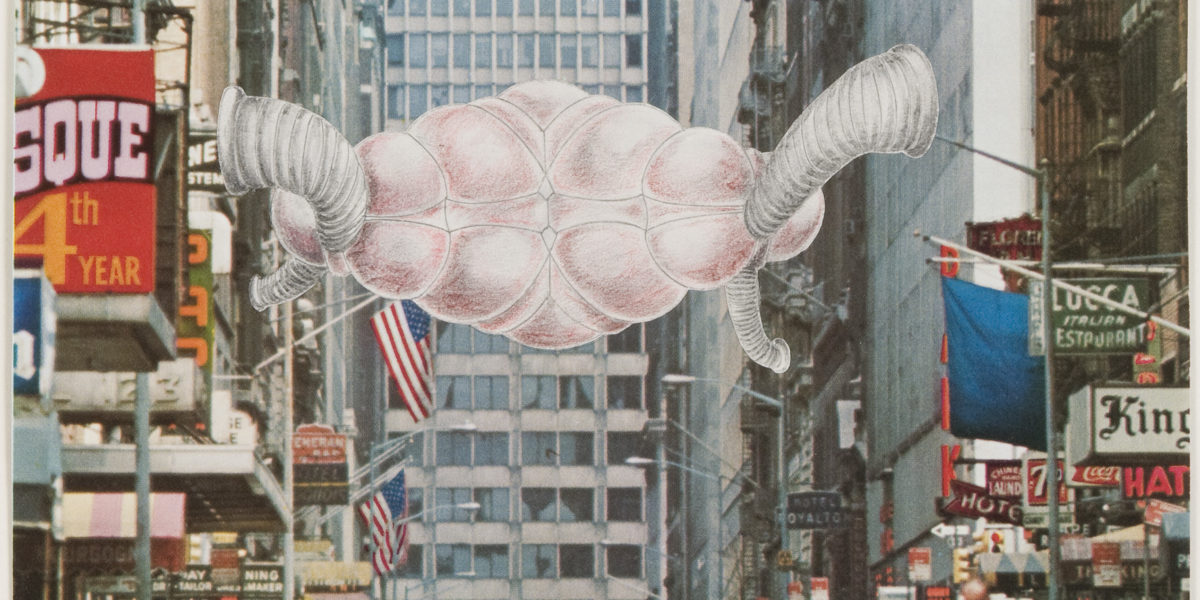
Cybernetic Cities
That cybernetics would radically influence the functioning of design, architecture and urban planning was understood in Austria at an early stage. Its consequences are speculated on in numerous projects.
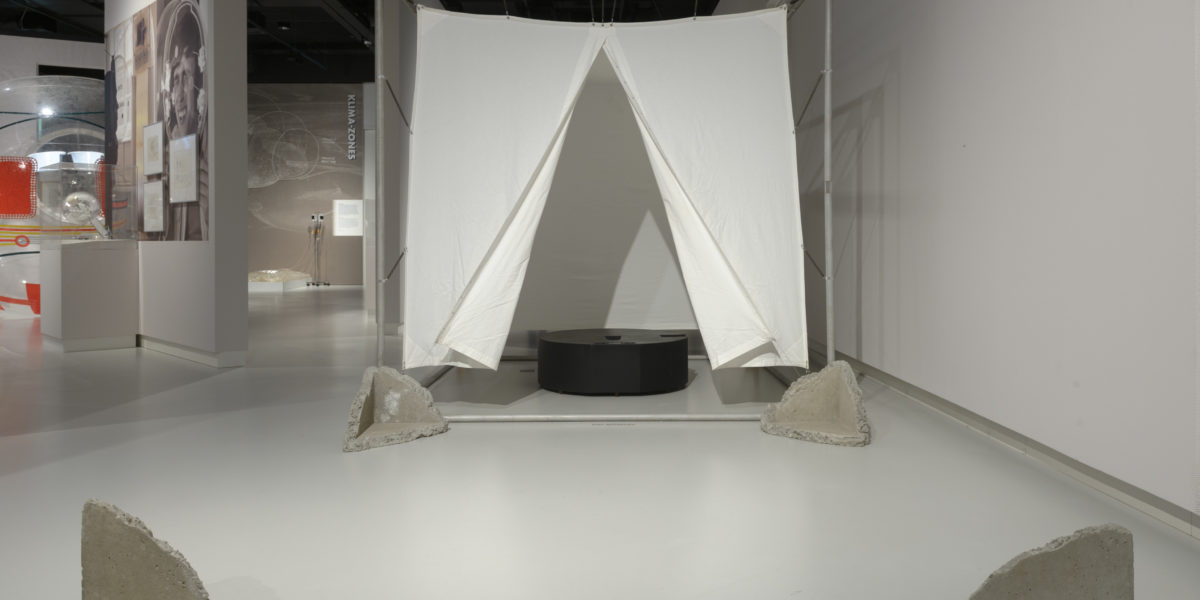
Prototypes
Walter Pichler’s prototypes of furniture and appliances are perfectly executed and functional. By emphasizing certain effects of the use of everyday objects, these prototypes show their cold and disorientating impact.
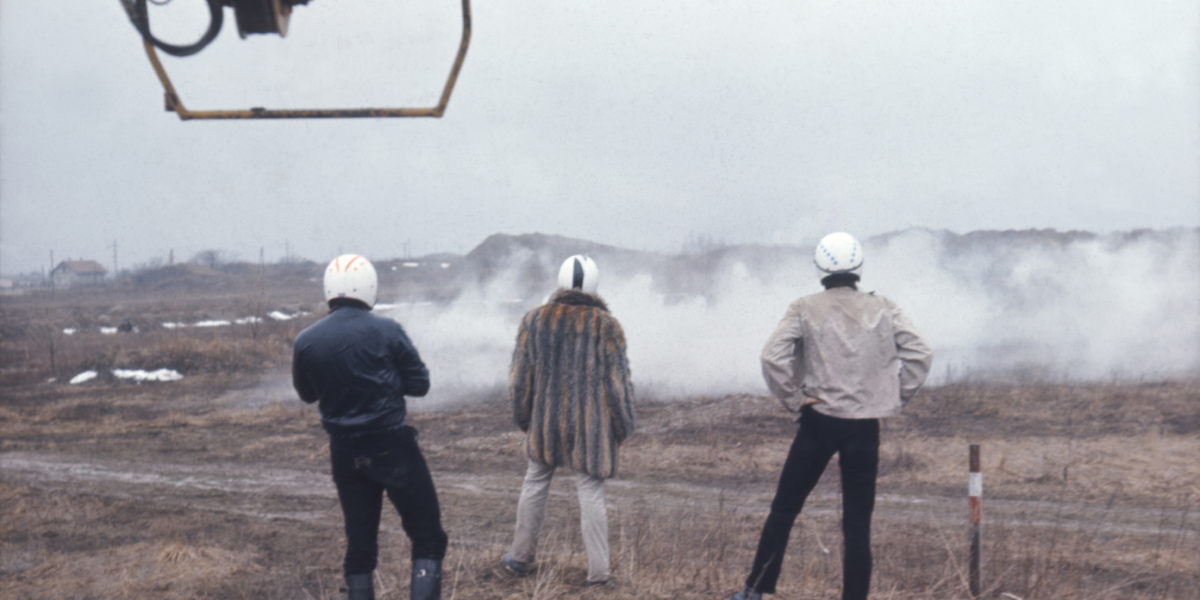
Feedback Architecture
A series of experiments by Coop Himmelb(l)au investigates how human test subjects respond to intensive media experiences and how these reactions can be fed back to those media.
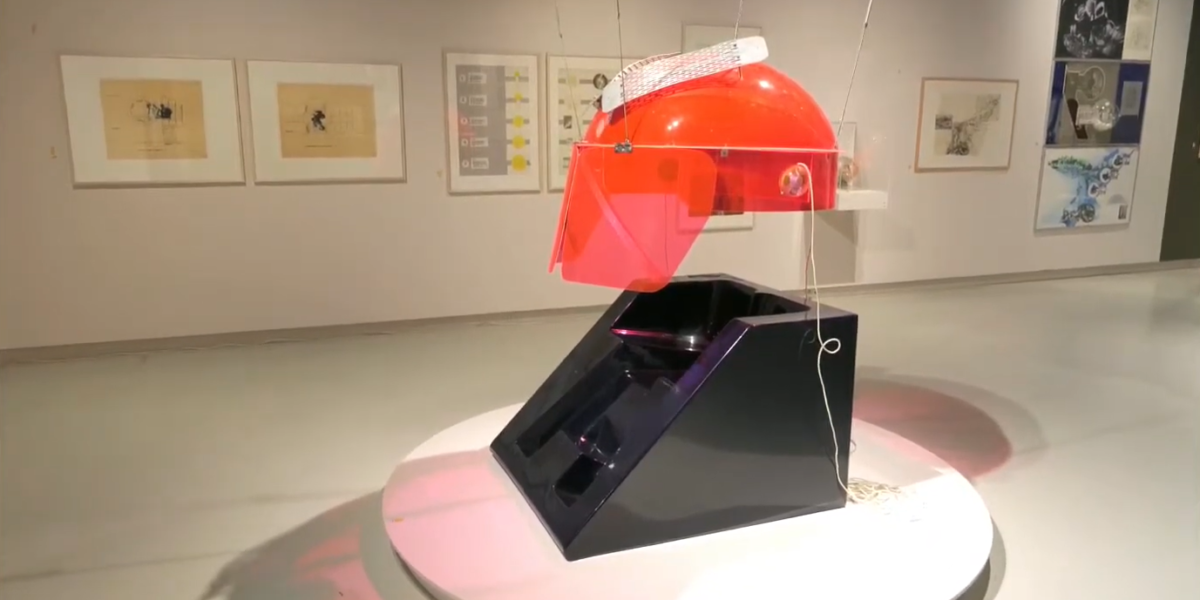
Mind Expanders
Haus-Rucker-Co works on the Mind Expanding Program from 1967 to 1971. The program aims to expand human consciousness and man-made environments on different levels.
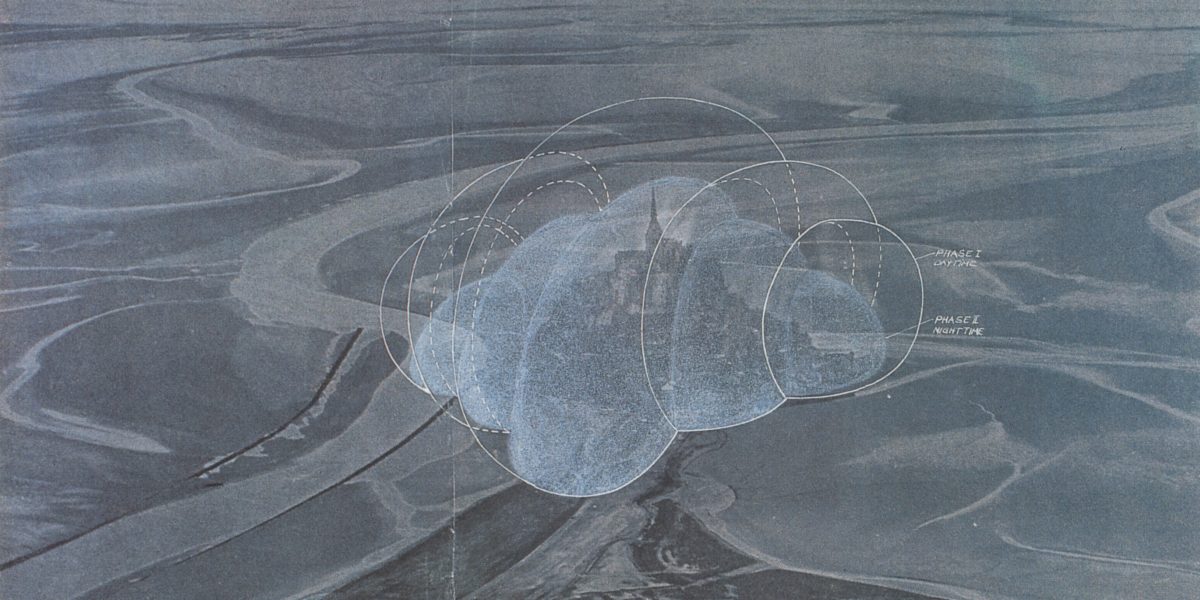
Klima-Zones
The oil crisis and environmental issues have led to an international reconsideration of the technological fascinations of the avant-gardes of the 1960s. Haus-Rucker-Co, in particular, reflects in very large installations on the consequences of environmental pollution.
